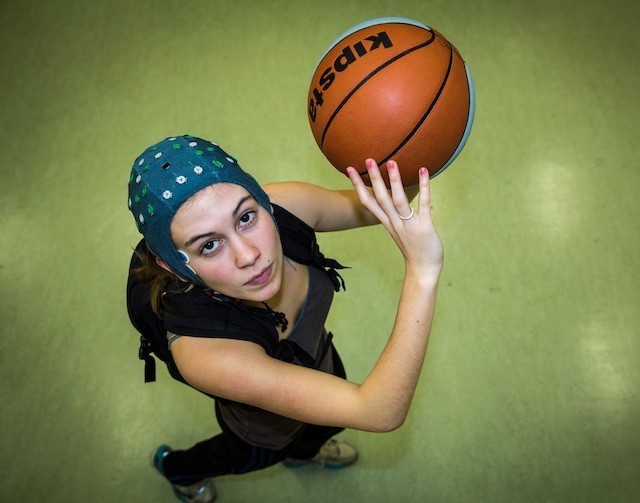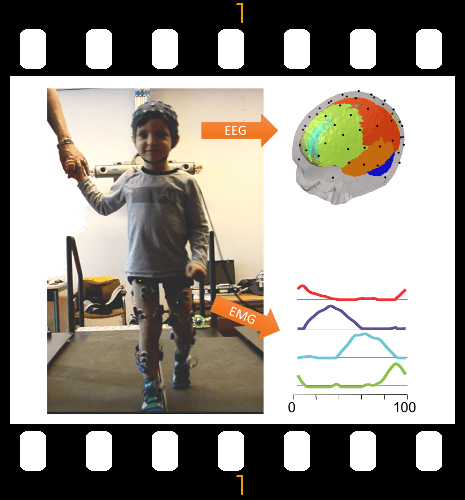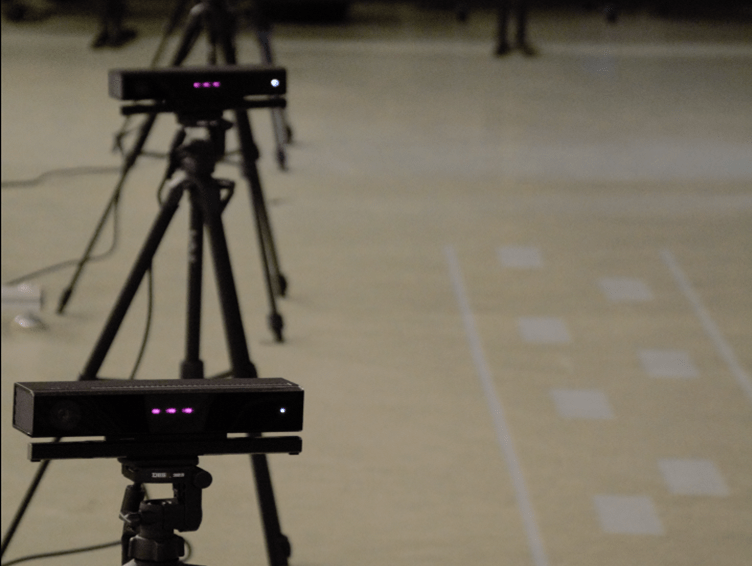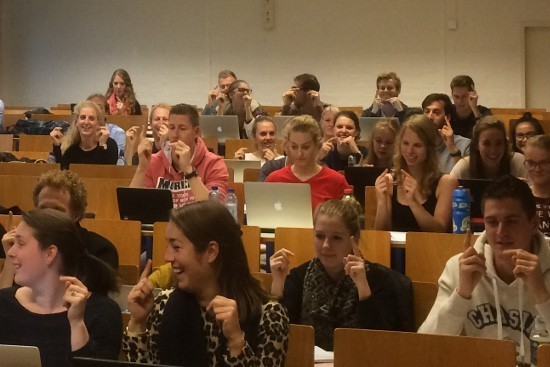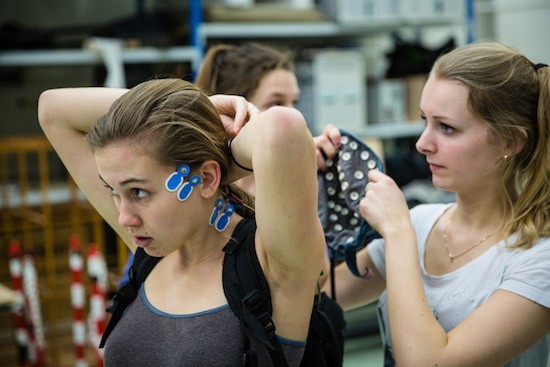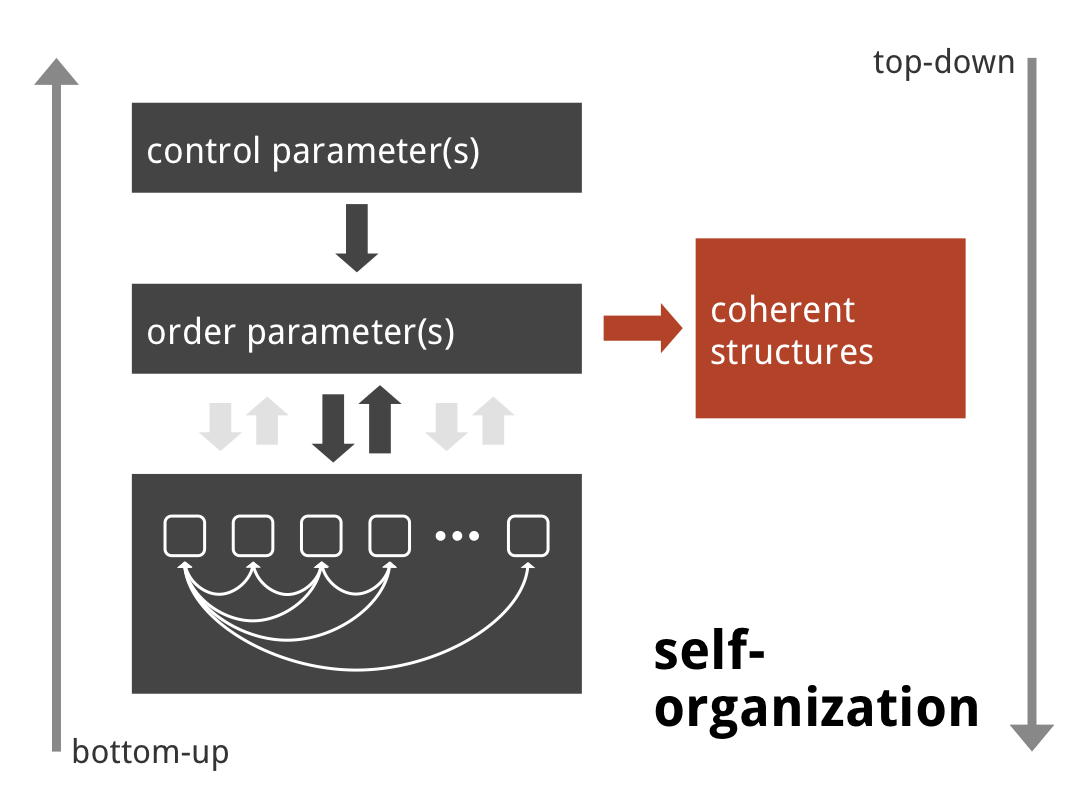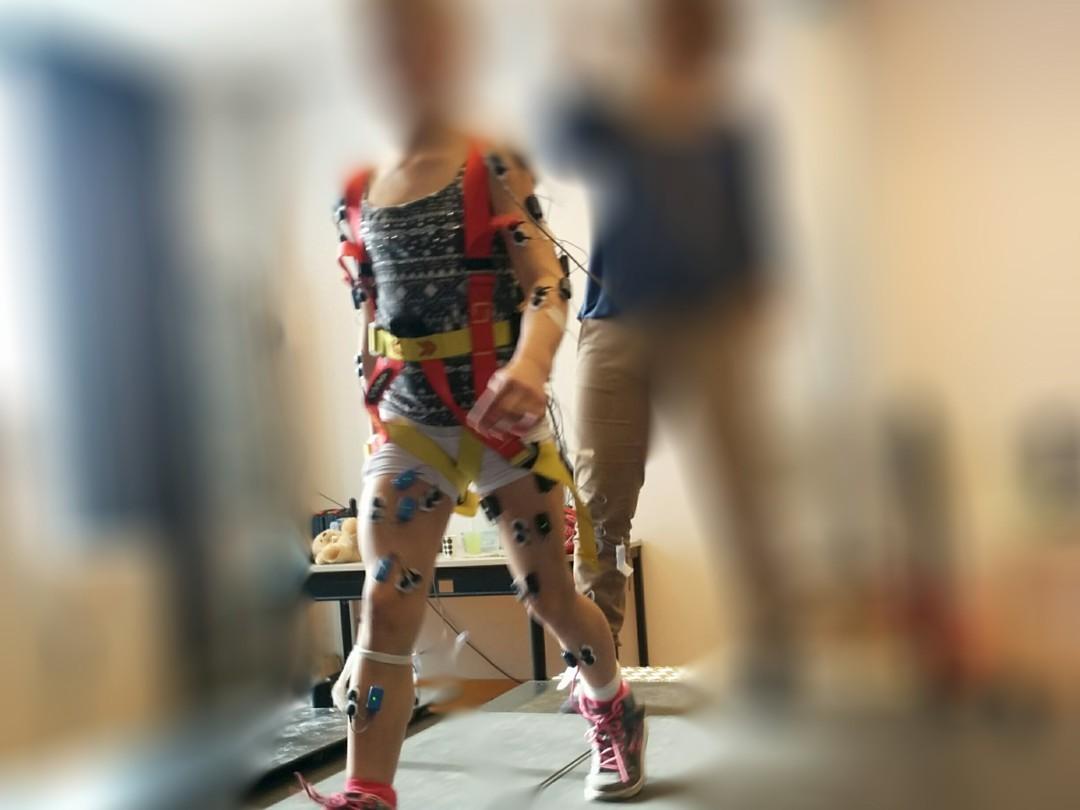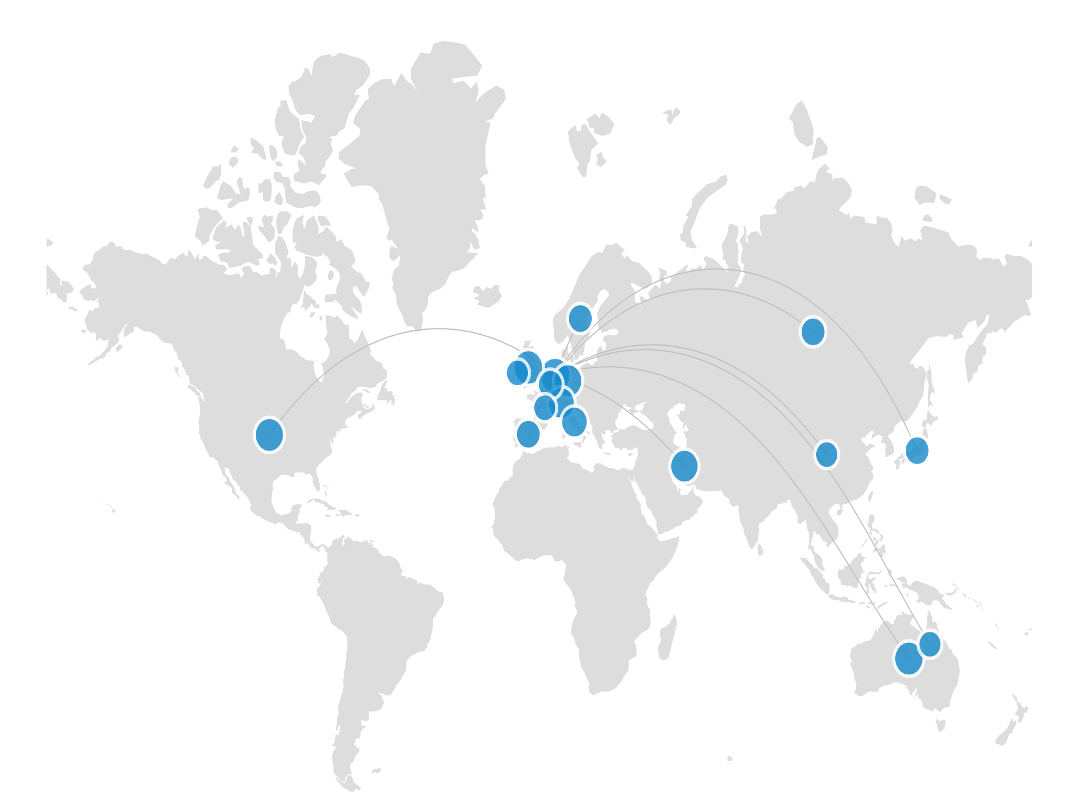Our mission
is to understand how patterns of coordinated movement develop, persist, and change.
Complex Systems
Biological and non-biological complex systems consist of many interacting parts, providing the capacity of spontaneous pattern formation and self-organization.
Dynamical Systems
The development of coherent macroscopic patterns is of great strategic and theoretical importance. It allows for studying the corresponding low-dimensional dynamics.
Coordination Dynamics
Origins of coordination may be reconciled by showing how meaningful information originates from self-organizing processes.
The scientific challenge
Leading Research Themes
Stability of Movement
Dynamical (in-)stability is key for the emergence of movement patterns.
Neural Underpinnings
Biophysics and (neuro-)physiology constrain movement.
Mathematical Modeling
Proper modeling helps to predict movement in a formal way.
Development & Aging
Altered physiological constraints change our movement repertoire.
Environmental Interactions
Environmental changes can yield qualitative changes in movement.
Technology in Motion
State-of-the-art technology can facilitate movement.
Transfer in Teaching
Courses
Coordination Dynamics enters in several courses throughout the Bachelor’s, Master’s, and Research Master’s programs in Human Movement Sciences.
Internships
We provide intensive training opportunities via Bachelor, Master, and Research Master research internships.
Insights into our Research
Research Themes
We investigate coordinated activity in macroscopic movements and their neurophysiological underpinnings.
Student Projects
All student projects are closely linked to our fundamental and applied research.
Research Networks
Intensive co-operation and intellectual exchange with outstanding researchers worldwide do constantly improve our research results.
What else you should Know about us
About us
Find out more about the section Coordination Dynamics.
Corporate news
Get the latest news on research and teaching.
Top Events
Meet us at one of the upcoming events
